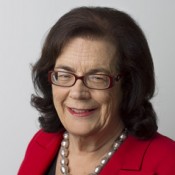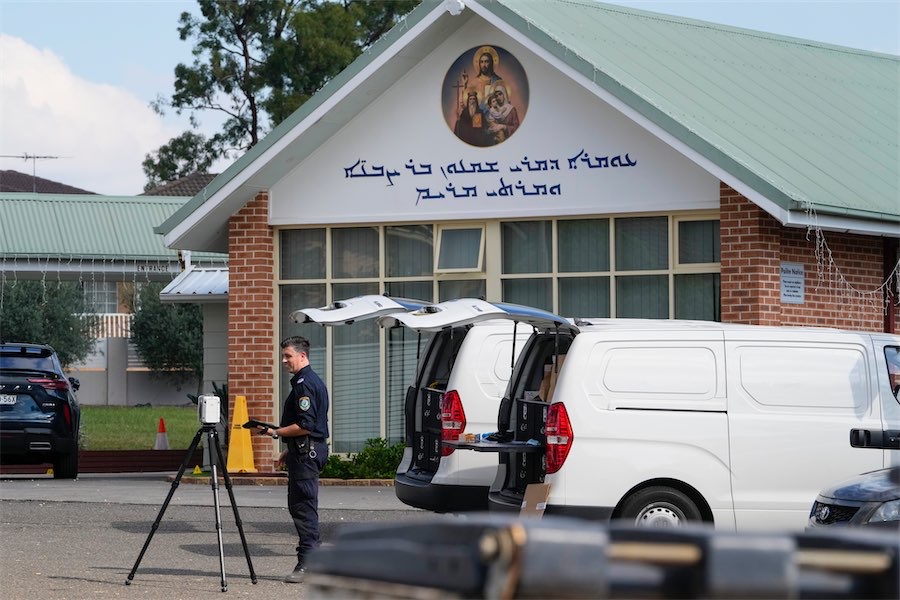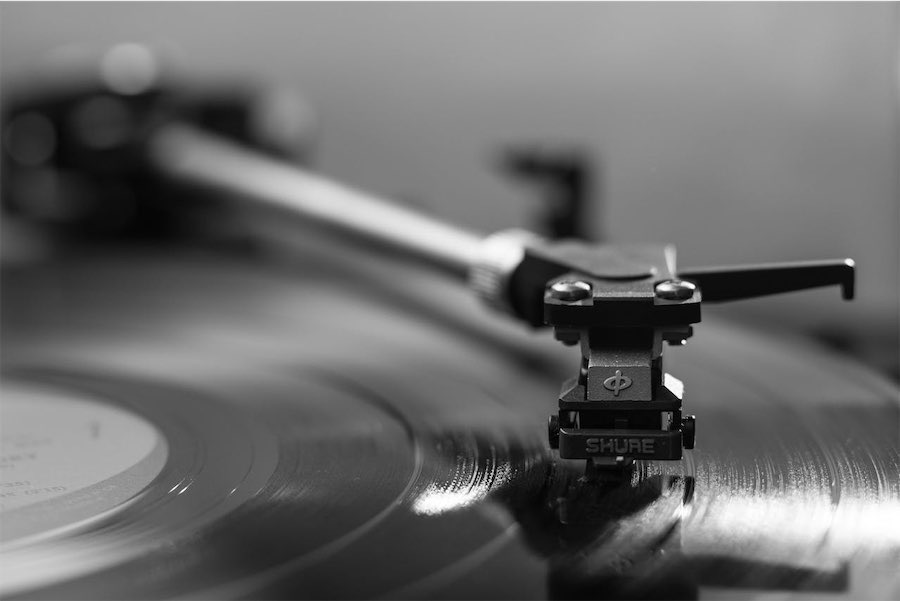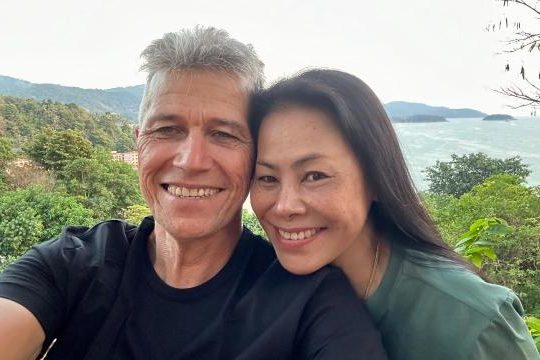By Michelle Grattan, University of Canberra
BILL Shorten’s reference to party reform was once-over-lightly when he addressed the NSW ALP conference on Sunday.
Shorten said Labor had to “rebuild as a party of members, not factions”. Members had to be entitled to participate “in the choice of our leaders, our candidates, our policies”; Labor must be a party “where more people are more involved more often”.
“That’s the direction this branch has set,” he said. But NSW Labor at the weekend had in fact moved just one foot forward on democratisation, while keeping the other one firmly planted where it was.
It brought the state into line with the federal practice by giving the rank and file a 50% say in choosing the party leader. As expected, however, it knocked back party elder John Faulkner’s move to allow the membership to choose Senate and state upper house candidates, who are at present selected by the factions (and ratified by state conference).
The debate over Labor party reform has been going on for literally decades, starting back in Gough Whitlam’s time (when some significant change was made). There is currently pressure (including from Shorten, though how hard he’ll go is yet to be seen) to open the party up, and the inevitable factional pushback to limit what’s done.
But while giving party members more say on various fronts looks the obvious way to go, that could also throw up problems. The membership is small and often unrepresentative of the broader community or even of Labor voters.
And there is no cause to be confident that democratisation would lead to a substantial and sustained increase in membership (Shorten has a target of 100,000, more than twice the current number). There are many reasons why people don’t want to join parties, ranging from the competing pulls on their time and interest, to the fact they are turned off politics.
In his memoir The Fights of My Life, out this week, former Labor minister Greg Combet suggests a radical way of boosting membership. He proposes members of affiliated unions should be asked whether they are Labor voters or would like to become party members.
Under Combet’s idea, they’d then be eligible to vote alongside ALP members (on the same basis or with a weighted vote) to elect delegates to conferences and in preselections. He argues the numbers would be too large for factions to manipulate them and believes this could be the first step towards broader community participation.
But the Combet plan would run into opposition from those concerned about the impression (or reality) of the party being tied even more closely to the union movement.
The problem of the big parties being “hollowed out” is a bipartisan one; like its Labor counterpart, the NSW Liberal party is also considering changes, with its weekend state council receiving an update.
A committee headed by former prime minister John Howard has recently finished a report that looks at preselections, an exercise Abbott, former NSW premier Barry O’Farrell and state president Chris Downy got under way. One spur was the family ethnic branch stack that gave Jaymes Diaz a second unsuccessful shot at a Greenway, a seat they should have won in both 2010 and 2013.
The Howard committee argues that rather than having candidates for lower house seats chosen by delegates, there should be full plebiscites of all party members in the electorate (with eligibility rules to prevent people being brought in at the last moment).
The plan, which follows the model used in the Victorian Liberal party, has received a very mixed response from the factions. The hard right is in favour; the country-based conservatives are concerned about regional representation; the centre right and the moderates (the two groups that dominate the division) have serious reservations.
Democratisation is considered to have worked well in Victoria, but there is no golden rule that ensures it will produce the best result in a particular case. An example was the Kew state preselection, where minister Mary Wooldridge (whose seat had disappeared in a redistribution) was beaten despite having Premier Denis Napthine’s backing.
More importantly, having rank and file preselections is not automatically going to prevent determined branch stackers from getting their way.
A fundamental problem in the NSW Liberal party is cultural. It has an especially nasty, virulent case of the disease of factionalism. The division has a high proportion of zealots. Reforming the preselection system won’t necessarily cleanse the party of some of its bad practices – factions are very adaptable – although it may mean that which faction gets the advantage is altered (a reason for those in control to resist change).
Democratisation would be unlikely to lead to a substantial influx of members. Apart from the general disincentives, the toxic culture would probably remain strong enough to put many people off.
As with NSW Labor, so with the NSW Liberals: change will be slow. In Victoria it took years. Nationally, the last federal council was due to discuss modest updates to the party’s constitution – the move was aborted when a majority of delegates decided they had not been given enough time to consider them.
The NSW Liberal state council will discuss the Howard plan when it meets later this year.
The ALP’s national conference next year will consider various proposals for party members to get more of a voice generally.
On both sides, party reform is a fraught process, with disputes about the right way to go and doubts about what various outcomes would follow.
This is not to say parties don’t need to change, in the hope of achieving at least a modicum of broadening and revitalisation. If they don’t, the democratic system will go further backwards.
Just don’t expect too much any time soon, or, if and when advances happen, for them to have a transformational effect on the quality of candidates, or the way politics operates.
There are too many other negative forces at work, including the modern media cycle, the way those who enter politics get trashed and trash each other, and the cynicism in the community.
![]()
Michelle Grattan does not work for, consult to, own shares in or receive funding from any company or organisation that would benefit from this article, and has no relevant affiliations.
This article was originally published on The Conversation.
Read the original article.
Who can be trusted?
In a world of spin and confusion, there’s never been a more important time to support independent journalism in Canberra.
If you trust our work online and want to enforce the power of independent voices, I invite you to make a small contribution.
Every dollar of support is invested back into our journalism to help keep citynews.com.au strong and free.
Thank you,
Ian Meikle, editor





Leave a Reply